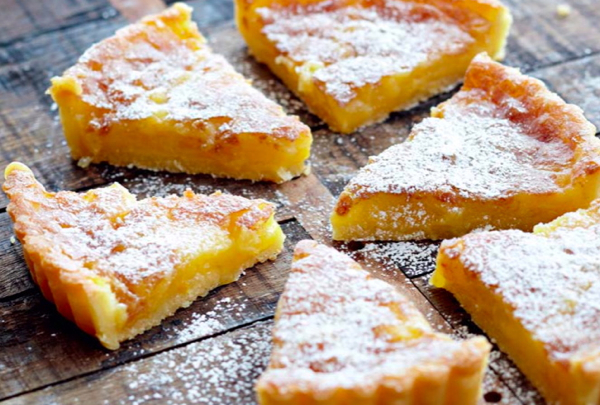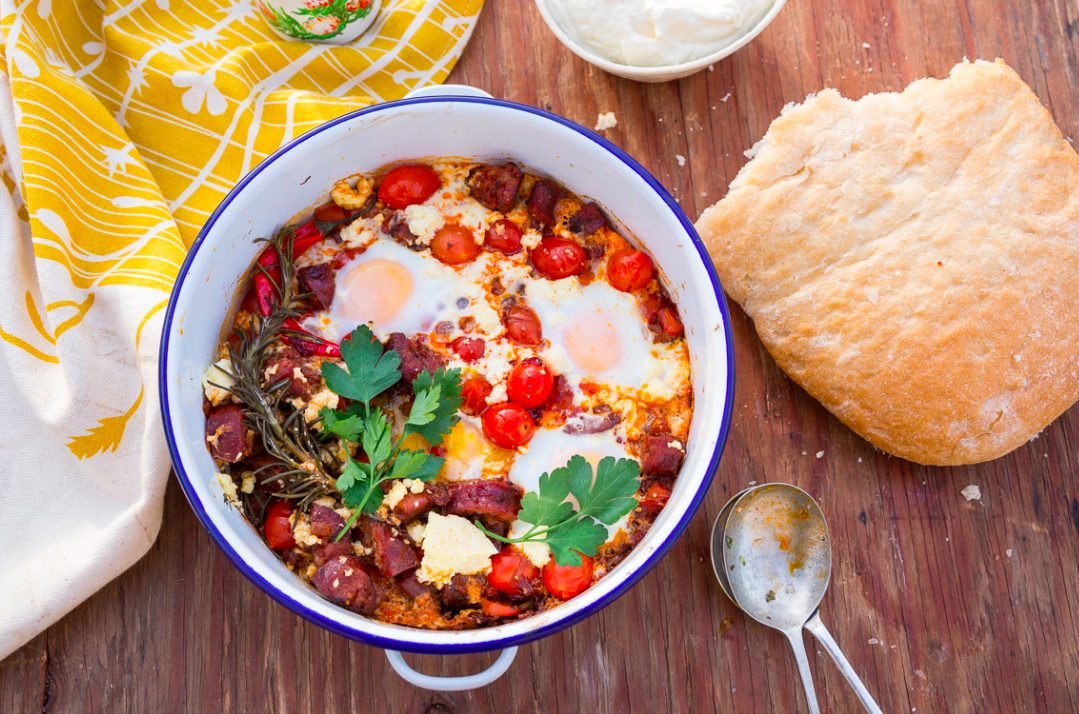
First posted: Feb 27, 2013
Eggs in a Bottle and Rustic Lemon Tart
Eggs in a Bottle? Well I was perturbed. So to feed my curiosity, the lovely people over at The Free Range Chicken Company sent over a few bottles of their ‘ready egg’ for me to try out. Assorted bottles of egg whites, whole eggs and egg yolks, all 100% organic and free-range, all ready to pour into your lemon tart, cake-mix, omelette, pasta dough, you name it, and all at the twist of a recyclable plastic cap. And? Well of course I could have got sentimental about there being no actual eggs to crack, but no, I like. A lot. And no, I was not paid to write this article, I just like very much that their chickens are well-loved, and their eggs come from a happy place, and for quick-fix no-mess no-fuss bulk-baking and convenience in the kitchen, this is king. Find out more here.
And all I could think was that I had to make a Lemon Tart.
Partly because I read a great article recently by the Guardian’s formidable food writer Felicity Clarke, in which she expounded on the wonders of Lemon Tarts, or Tarte au Citron as they are called in France. Her article, ‘how to cook the perfect lemon tart‘, which forms part of an ongoing series on ‘how to cook the perfect anything’ (which I love) starts off by discussing the virtues of Custard-style tarts (the French style) versus Curd-style and traditionally English lemon tarts. Allow her to sum it up, because she does it far better than I could “A lemon tart would be spongy, sticky with lemon curd, a homely thing, while the tarte au citron has Parisian airs and graces”. I think the Lemon Tart is undeniably French in its origins, but I do also think that the English twist on it proudly holds its own at any table.
My version, which is in my book ‘bitten.‘ is definitely on the rustic side, and very different to French-style tarts in that it uses one or two whole lemons rather than just the zest and juice of about 5 lemons, and the result is a more textured filling, dotted with lemon rind to give a gorgeous bitterness. Actually, it’s American in its origins, and is loosely based on the ‘Shaker Lemon Pie‘ which is said to date back to the 1800s. And so, here’s an updated version of my original Lemon Tart for you, I’ve just revised the method a little to make it even simpler. So, go forth and bake.
Ingredients
Cooks in: Serves:6
For the Sweet short-crust pastry- 140g all purpose flour
- 70g cold butter, cut into cubes
- 2 Tbsp icing sugar
- Pinch of salt
- 2/3 tsp vanilla extract or 1 tsp vanilla essence
- 1-2 Tbsp cold water
- 1 large lemon, chopped small, rind included but seeds removed
- 1½ cups caster sugar
- 2 eggs
- 1 egg yolk
- 1½ Tbsp cornflour
- 125 g butter, softened
What to do
1. To make the pastry, mix all of the ingredients except the water together in a 2. Wrap in clingfilm and refrigerate for about 15 minutes. 3. To make the filling, blend the chopped lemon in a blender, and add the sugar 4. Add the egg, egg yolk, cornflour and butter. Mix again and then set aside. 5. Preheat the oven to 180 °C and place a baking tray on the middle shelf. 6. Roll out the pastry on a lightly floured surface to about ½ cm thick and use to 7. Remove from the freezer, prick the surface a few times with a fork, place the 8. Allow to cool to room temperature when it will be perfectly ready to serve with Notes: Instead of making the pastry from scratch, you can use 1 x 400 g roll of readymade short-crust pastry, thawed and rolled out slightly thinner.
food processor until the texture resembles bread crumbs. Then add in 1-2 Tbsp
ice cold water and mix until the mixture comes together in a rough ball.
in about four stages, mixing in between each addition until smooth.
Lightly grease a tart tin or glass ovenproof dish (about 15 x 10 cm).
line the tin or dish. Place in the freezer for 20 minutes (to avoid blind-baking).
tart shell on the pre-heated baking tray, pour in the filling and bake for 30
minutes or until the tart is just set.
fresh cream.
You can double the pastry and freeze half for up to 2 months to use when you need it. For easy filling and baking, freeze the dough already in a pie dish.
You can use light brown sugar instead of caster sugar for a slightly different texture.









